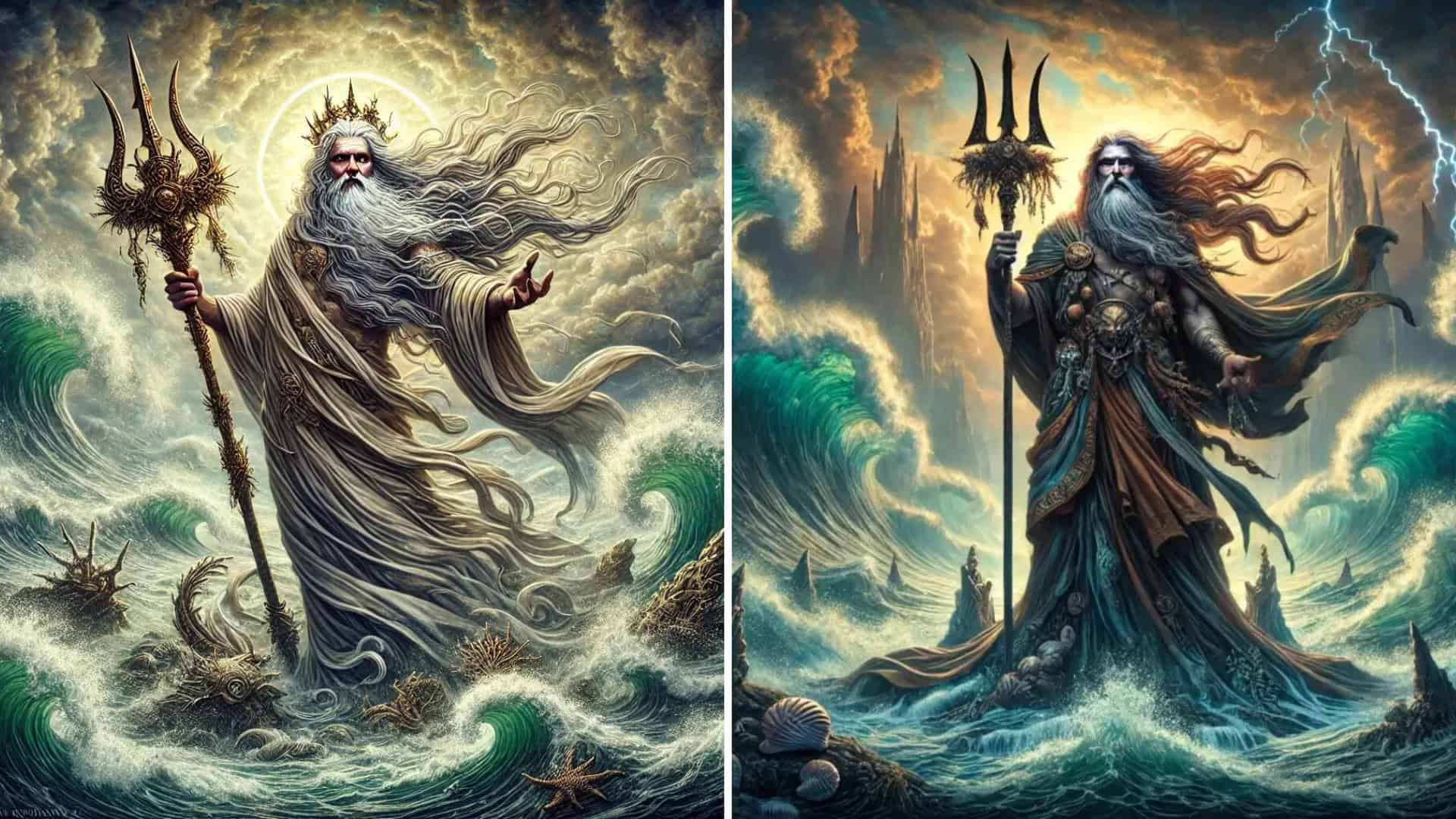No products in the cart.

Lir, often known as the Celtic god of the sea, holds a significant yet enigmatic place in Irish mythology. His name, derived from the Old Irish word for “sea,” reflects his deep connection to the ocean and its dual nature — calm and life-giving, yet tumultuous and destructive. While not as extensively detailed as other Celtic gods, Lir’s legacy is firmly rooted in his symbolic ties to the sea and his role in one of Ireland’s most enduring legends.

Lir’s association with the sea positions him as a powerful and primordial deity, embodying the vastness and unpredictability of Ireland’s surrounding waters. For the ancient Celts, the ocean was both a source of sustenance and a formidable force of nature, making the Celtic god of sea an essential figure in their spiritual and cultural worldview. Lir is often considered a personification of the sea itself, representing its ever-changing tides, life-giving abundance, and destructive storms.

Though stories directly about Lir are scarce, his influence is profound, particularly through his lineage. He is best known as the father of Manannán mac Lir, one of the most prominent deities in Celtic mythology. Manannán inherited his father’s dominion over the seas, acting as a guardian of sailors and a gatekeeper between the mortal world and the Otherworld.
The most famous tale linked to Lir is The Children of Lir, a haunting legend of love, loss, and transformation. In this story, Lir’s children are cursed by their stepmother to live as swans for 900 years. The tale, rich with themes of sorrow and endurance, reflects the enduring power of familial love and the deep connection between humanity and nature. While Lir himself plays a smaller role in this legend, it solidifies his place in Irish mythology as a figure tied to both the beauty and tragedy of life.
As a Celtic god of the sea, Lir’s presence reflects the Celts’ deep respect and reverence for the ocean. The sea was seen as a bridge between worlds, a source of mystery and magic, and a force of immense power. Lir embodies these qualities, serving as a symbol of the sea’s duality — its ability to nurture and its capacity for destruction. This duality mirrored the Celtic understanding of nature’s balance, where life and death, creation and destruction, existed in harmony.

In modern times, Lir continues to inspire artistic and cultural expressions. He is frequently depicted in literature and art as a majestic, storm-like figure embodying the sea’s grandeur. His legacy also endures through his son, Manannán mac Lir, whose tales remain central to Celtic mythology. The Children of Lir remains one of Ireland’s most beloved legends, symbolising themes of resilience and transformation.
Though shrouded in mystery, Lir’s legacy as the Celtic god of sea endures through his symbolic connection to the ocean and his role in Irish mythology. His presence reflects the Celts’ profound reverence for nature, particularly the vast and untamed waters surrounding their homeland. Whether through the sorrowful beauty of The Children of Lir or his representation of the sea’s power, Lir remains a timeless figure in the mythological heritage of Ireland.
















